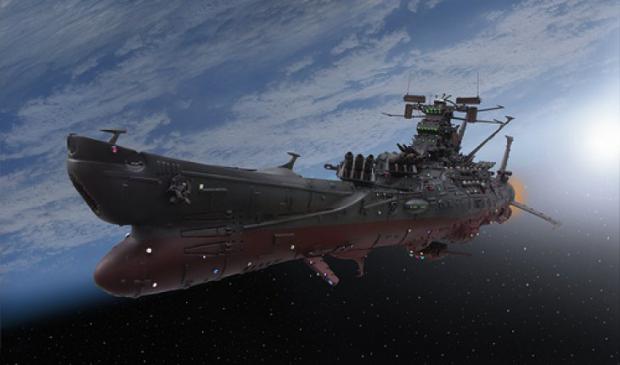
Breaking News
 $26M Frozen on Blockchain - With One Click
$26M Frozen on Blockchain - With One Click
 Italy are on national strike shutdown rejecting digital enslavement...
Italy are on national strike shutdown rejecting digital enslavement...
 The following U.S. states are currently using the rebranded "Reporty Homeland Security" so
The following U.S. states are currently using the rebranded "Reporty Homeland Security" so
 NATO Chief Urges Europe To Prepare For Long-Term World War With Russia, China, Iran & North Korea
NATO Chief Urges Europe To Prepare For Long-Term World War With Russia, China, Iran & North Korea
Top Tech News
 HUGE 32kWh LiFePO4 DIY Battery w/ 628Ah Cells! 90 Minute Build
HUGE 32kWh LiFePO4 DIY Battery w/ 628Ah Cells! 90 Minute Build
 What Has Bitcoin Become 17 Years After Satoshi Nakamoto Published The Whitepaper?
What Has Bitcoin Become 17 Years After Satoshi Nakamoto Published The Whitepaper?
 Japan just injected artificial blood into a human. No blood type needed. No refrigeration.
Japan just injected artificial blood into a human. No blood type needed. No refrigeration.
 The 6 Best LLM Tools To Run Models Locally
The 6 Best LLM Tools To Run Models Locally
 Testing My First Sodium-Ion Solar Battery
Testing My First Sodium-Ion Solar Battery
 A man once paralyzed from the waist down now stands on his own, not with machines or wires,...
A man once paralyzed from the waist down now stands on his own, not with machines or wires,...
 Review: Thumb-sized thermal camera turns your phone into a smart tool
Review: Thumb-sized thermal camera turns your phone into a smart tool
 Army To Bring Nuclear Microreactors To Its Bases By 2028
Army To Bring Nuclear Microreactors To Its Bases By 2028
 Nissan Says It's On Track For Solid-State Batteries That Double EV Range By 2028
Nissan Says It's On Track For Solid-State Batteries That Double EV Range By 2028
Solar powered EMdrive version of Space Battleship Yamato

After aliens attack in 2199, the Earth secretly builds a massive spaceship inside the ruins of the gigantic Japanese battleship Yamato which lies exposed at the former bottom of the ocean location where she was sunk in World War II. This becomes the "Space Battleship Yamato" for which the story is titled. The new ship gets a space warp drive, called the "wave motion engine", and a new, incredibly powerful weapon at the bow called the "Wave Motion Gun".
The actual WW2 Yamato class battleship weighed about 72,000 long tons fully loaded. It was 263 meters long and 39 meters wide. If every surface was covered with solar cells then there would be about 20,000 square meters of exposed solar cells. The solar cells on the side would be gathering power since there would be sunlight reflected from the water plus the angled light from the sun. On a sunny day there would be about 600 watts per square meter. This would generate about 12 megawatts at about high noon.
EMDrive is highly controversial. It is a potential propellantless propulsion. NASA tests of EMdrive performance seem to indicate 1.2 millinewtons per kilowatt.

 Carbon based computers that run on iron
Carbon based computers that run on iron

